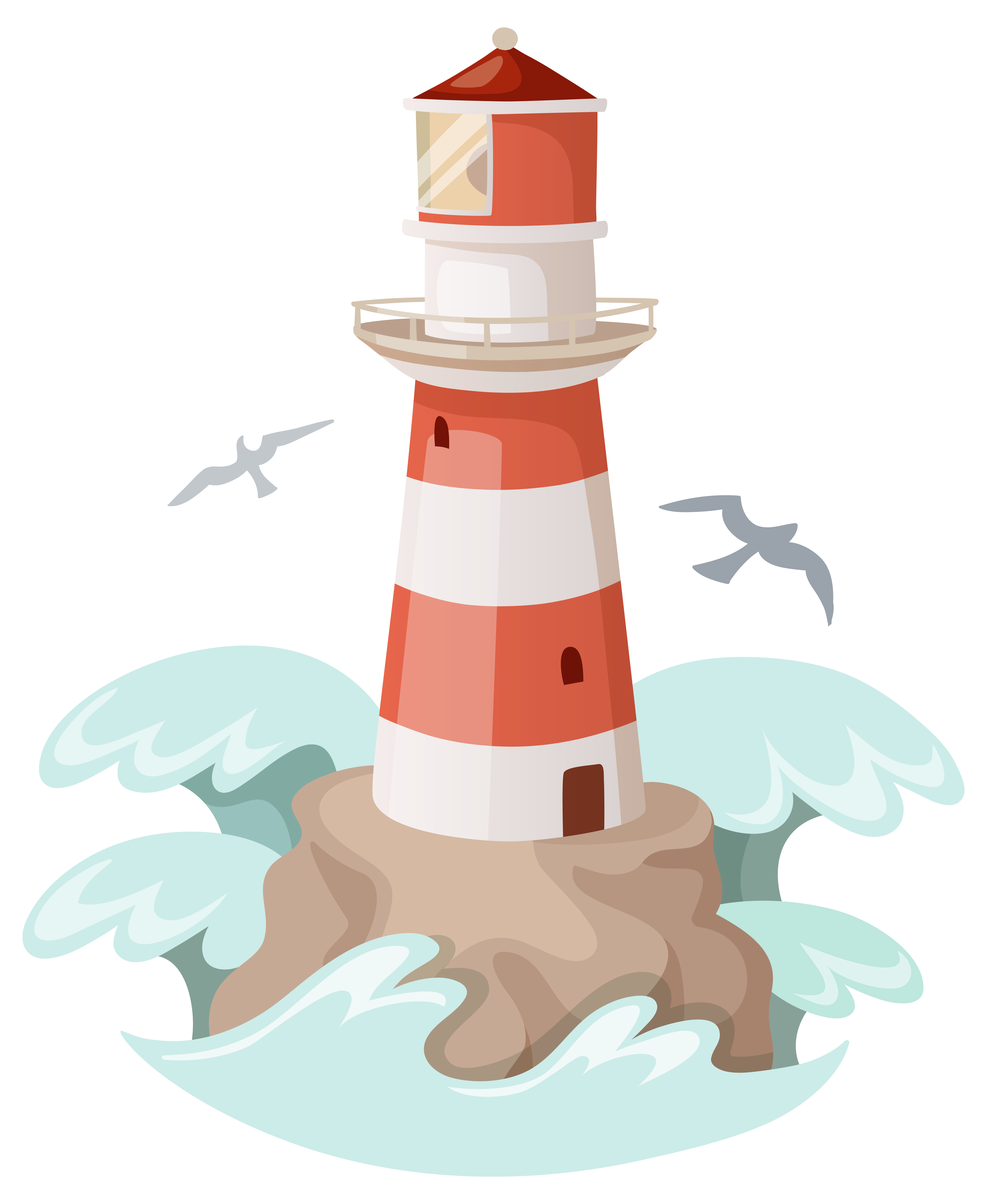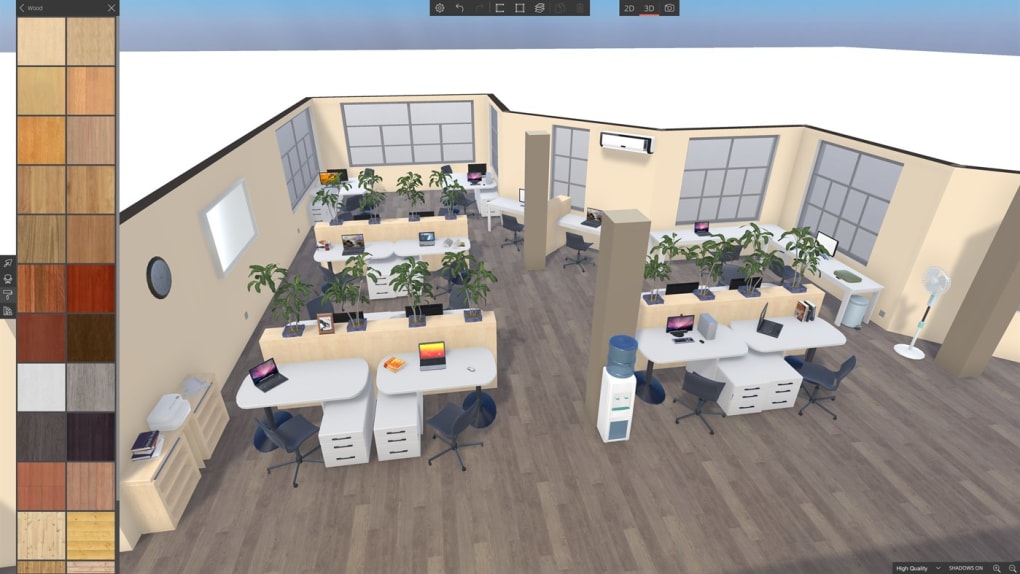Table Of Content

Gathering the best-unbuilt architecture from our readers' submissions, this curated collection features conventional, original and innovative functions. With projects from all over the world, this roundup is a conceptual discovery of different architectural approaches. When a vessel is on the correct course, the two lights align vertically, but when the observer is out of position, the difference in alignment indicates the direction of travel to correct the course. Originally lit by open fires and later candles, the Argand hollow wick lamp and parabolic reflector were introduced in the late 18th century.
Architects & Building Designers near Pompano Beach
Sullivan's Island Lighthouse a Last of its Kind: Beacon of the Beach - Mount Pleasant Magazine
Sullivan's Island Lighthouse a Last of its Kind: Beacon of the Beach.
Posted: Tue, 15 Aug 2023 02:41:07 GMT [source]
From 1860 to 1939, more than 70 different lighthouse keepers served for varying lengths of time at the Jupiter Inlet Lighthouse. Three keepers served at one time and were responsible for the operation and upkeep of the lighthouse and site. Most important among these duties was fueling the lighthouse’s lamp with oil, winding the mechanism that turned the lens, and keeping watch through the night. Due to the fire hazard, masonry towers were increasingly built - the oldest standing masonry tower was Sandy Hook Lighthouse, built in 1764 in New Jersey.
Power
William Hutchinson developed the first practical optical system in 1763, known as a catoptric system. He constructed paraboloidal reflectors by attaching small pieces of reflective material to a cast that had been moulded into an approximate paraboloid. This rudimentary system effectively collimated the emitted light into a concentrated beam, thereby greatly increasing the light's visibility. It also became possible to transmit complex signals using the light flashes.
Projects

I was skeptical of some of his ideas at first because he does a lot of things differently, but in every case I have been very impressed with the finished product. On his own home I followed his design to create a curving handrail that snaked down two stories of a stair, made from PVC. I also worked on a 7000’ project in Newton that was beautifully detailed, including a walnut handrail with a steel bar hidden inside to make it strong without appearing clunky.
For five days in February 1931, the lighthouse was battered by large breakers, spawned by a gale. After being trapped inside the tower for ten days, Keeper Conklin and his assistants reportedly dropped a plumb line from the lantern gallery, proving their suspicion that the storm had given the tower a slight lean shoreward. The tower’s lean is more likely due to the uneven settling of the land beneath the foundation block. Enjoy watching the sunset and then rise by staying in one of the former lighthouse keepers and assistant’s homes. If you plan on seeing this lighthouse up close, you will need a reservation.
Big Bay Point Lighthouse
The Minneapolis Shoal Light, located in Lake Michigan off the coast of Escanaba, Michigan, is the only active lighthouse auction on the General Service Administration's site right now. The minimum bid is set at $15,000 for the 82-foot light tower, which was built in 1934 to mark a reef and is still an active aid to navigation, according to local news reports. Building wooden lighthouses should ideally happen in temperatures between 40°F (4°C) and 80°F (27°C). Extreme cold or heat might cause warping so if possible it’s best to wait until conditions become more moderate before beginning your project. Additionally, check weather forecasts beforehand and ensure the area is safe from storms that might bring high winds which could damage your structure during construction.
The civil engineer, John Smeaton, rebuilt the lighthouse from 1756–59;[18] his tower marked a major step forward in the design of lighthouses and remained in use until 1877. He modelled the shape of his lighthouse on that of an oak tree, using granite blocks. This profile had the added advantage of allowing some of the energy of the waves to dissipate on impact with the walls. With the increasing number of ships lost along the Newcastle to London coal route, Trinity House established the Lowestoft Lighthouse in 1609, a pair of wooden towers with candle illuminants.
While the function has become somewhat obsolete, the building has adopted a cultural significance as a destination rich in history. In any of these designs an observer, rather than seeing a continuous weak light, sees a brighter light during short time intervals. These instants of bright light are arranged to create a light characteristic or pattern specific to a lighthouse.[31] For example, the Scheveningen Lighthouse flashes are alternately 2.5 and 7.5 seconds. Some lights have sectors of a particular color (usually formed by colored panes in the lantern) to distinguish safe water areas from dangerous shoals.
The modern era of lighthouses began at the turn of the 18th century, as lighthouse construction boomed in lockstep with burgeoning levels of transatlantic commerce. Advances in structural engineering and new and efficient lighting equipment allowed for the creation of larger and more powerful lighthouses, including ones exposed to the sea. The function of lighthouses shifted toward the provision of a visible warning against shipping hazards, such as rocks or reefs. Where dangerous shoals are located far off a flat sandy beach, the prototypical tall masonry coastal lighthouse is constructed to assist the navigator making a landfall after an ocean crossing. Often these are cylindrical to reduce the effect of wind on a tall structure, such as Cape May Light. Smaller versions of this design are often used as harbor lights to mark the entrance into a harbor, such as New London Harbor Light.
The lighthouse is open year-round Sunday, Monday, Thursday, and Friday from 1-4 PM, and Saturdays from 10 – 4. A visit to this lighthouse near Monterey means seeing a Cape Cod-style lighthouse on the West Coast, along with visiting a National Historic Landmark. This lighthouse has continuously been in operation since 1855, which makes it the West Coast’s oldest active lighthouse.
The Eddystone Rocks, an extensive reef near Plymouth Sound, England and one of the major shipwreck hazards for mariners sailing through the English Channel,[12] was the site of many technical and conceptual advances in lighthouse construction. The difficulty of gaining a foothold on the dangerous rocks, particularly in the predominant swell, meant that it was a long time before anyone attempted to place any warning on them. While the evidence provides insight into the exterior structure of these structures, there are many gaps in evidence concerning less visible aspects of the structures. The remains at A Coruña and Dover help determine how each lighthouse structure functioned, though one must make some assumptions to determine how the structures beacons were illuminated. Presumably locally available fuels will have included wood and probably coal to keep a fire going continuously during the night, and there is a large chimney leading to the top room at the Tower of Hercules. The example from Dover has been converted at some stage into a simple bell tower for the adjoining church.
On the last Wednesday of each month during the summer, volunteers will be at the lighthouse for Walk-in Wednesday. Take the 4-mile hike from the elephant seal parking lot to the lighthouse. Halfway between San Francisco and Santa Cruz through Big Sur, travelers will pass the West Coast’s tallest lighthouse. It sits 118 feet high along Highway 1, also known as the Pacific Coast Highway. This lighthouse, situated in the middle of the San Francisco Bay, is on the island that housed the infamous Alcatraz prison. The lighthouse on Alcatraz Island was originally built in 1852 and was the first in California.








